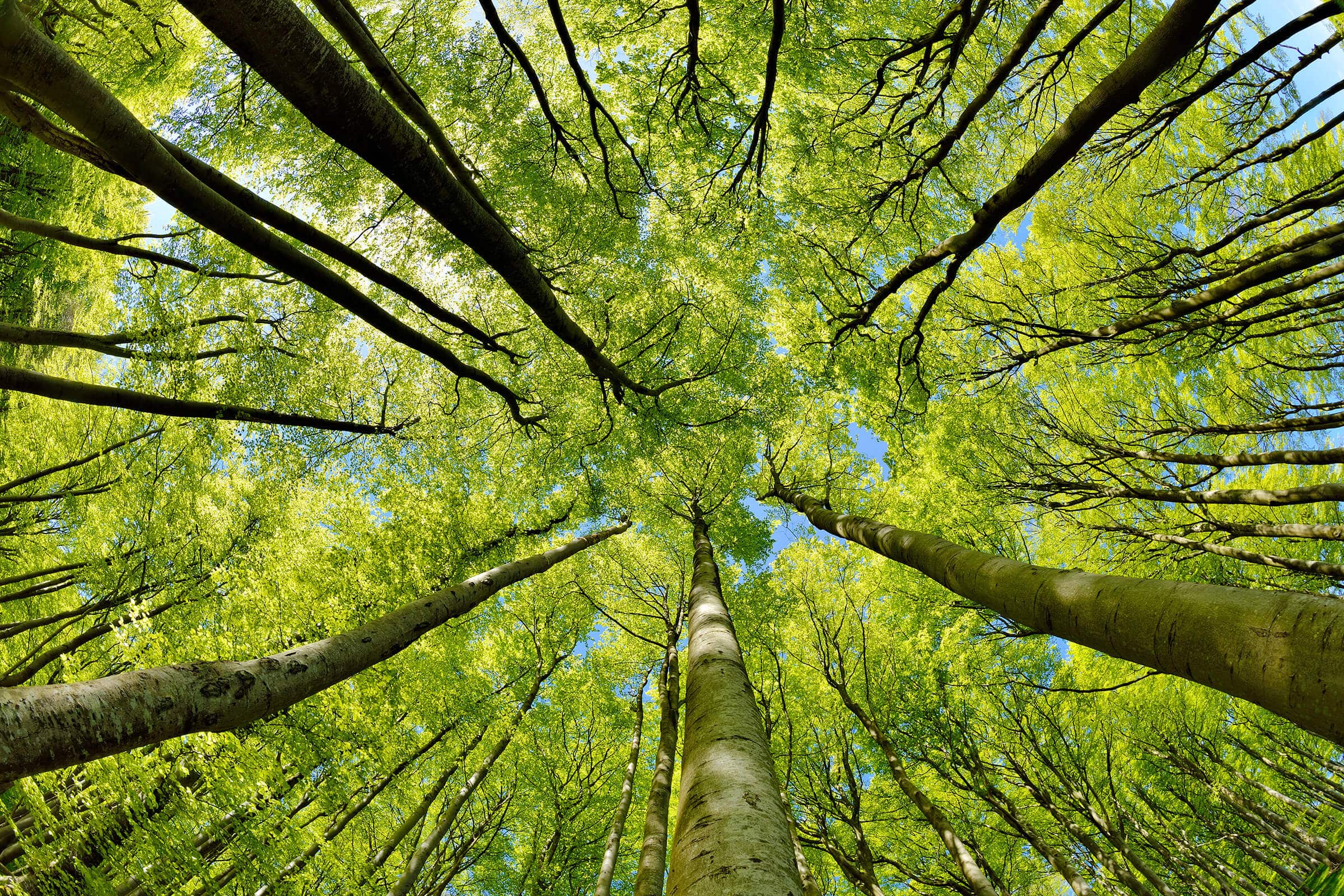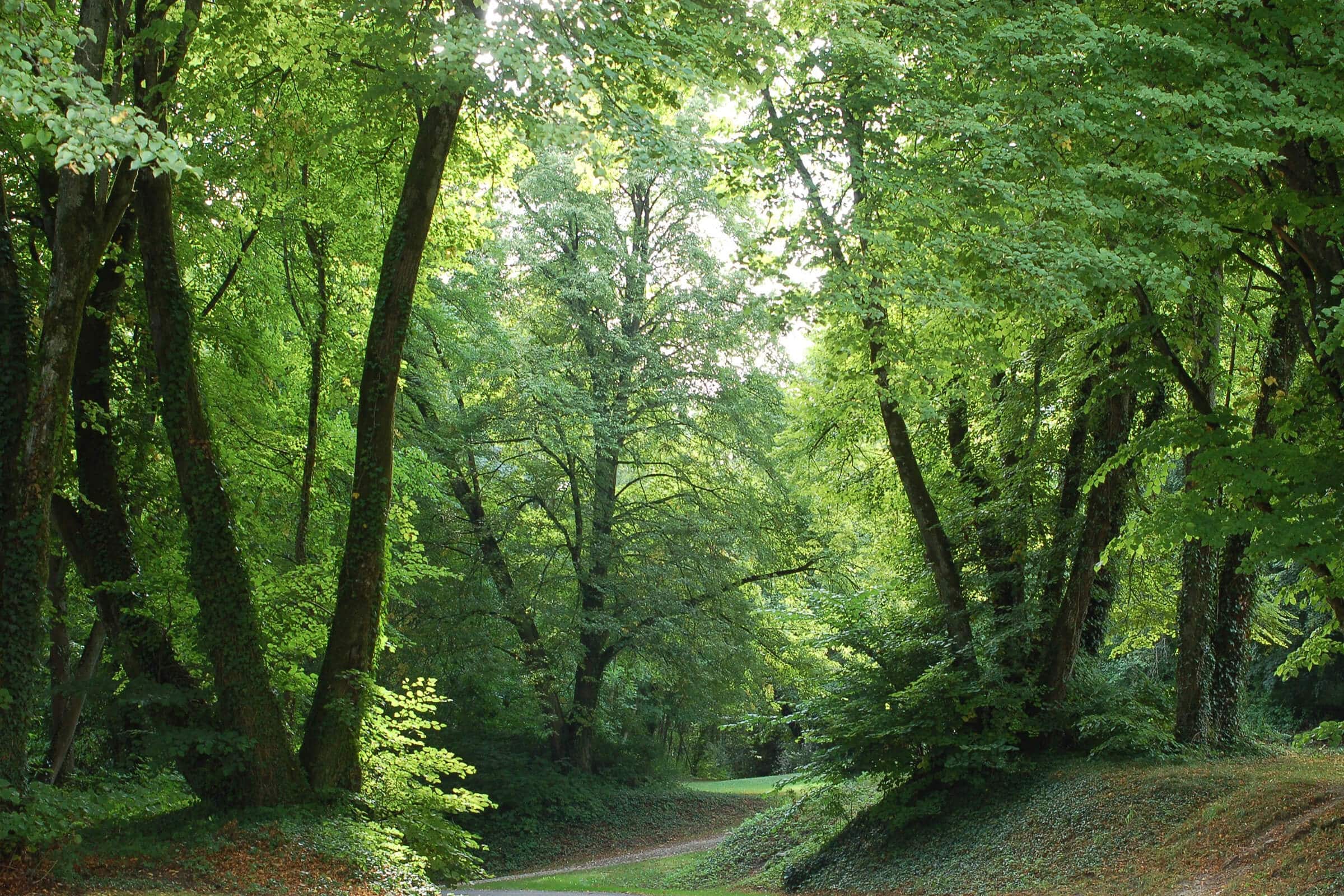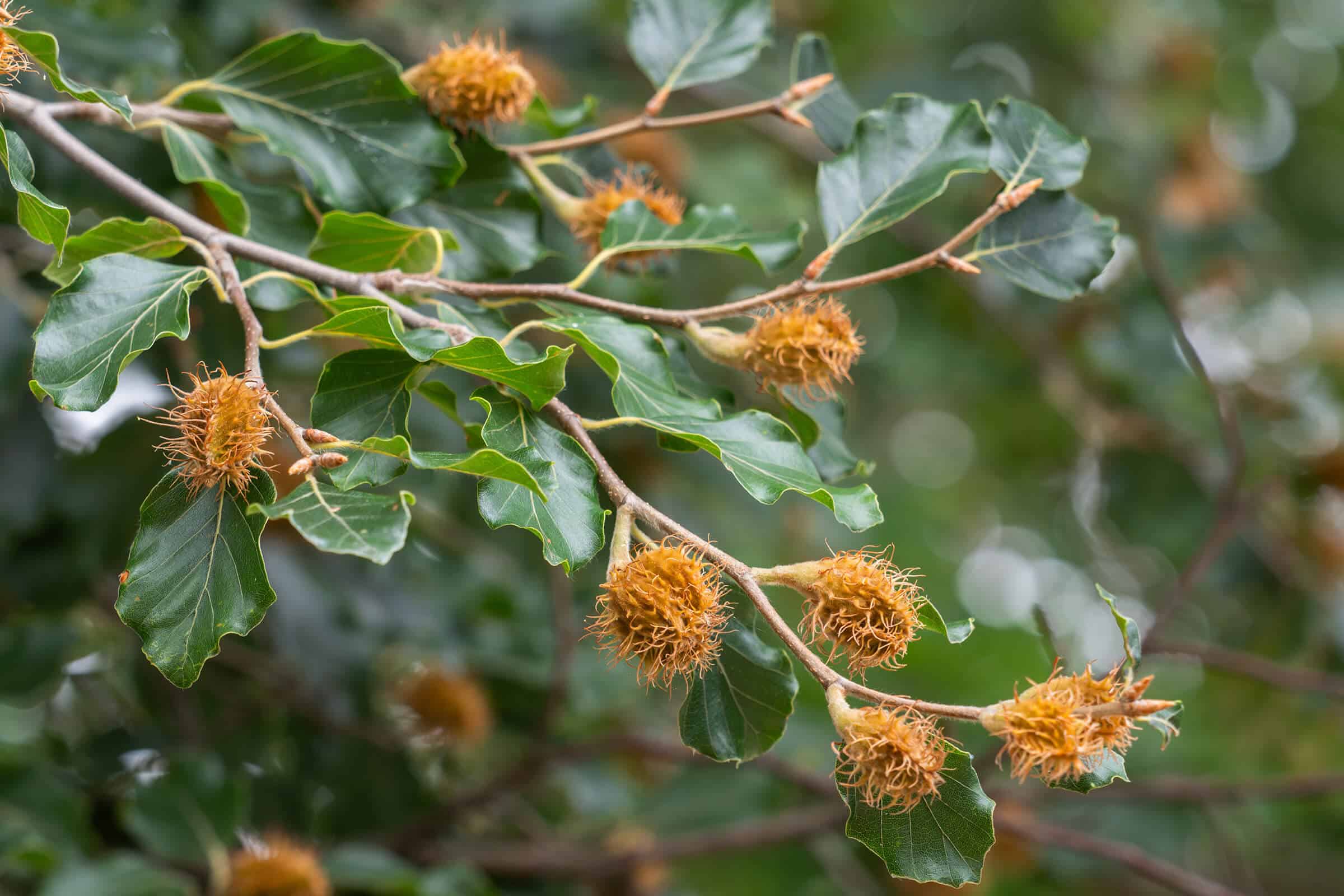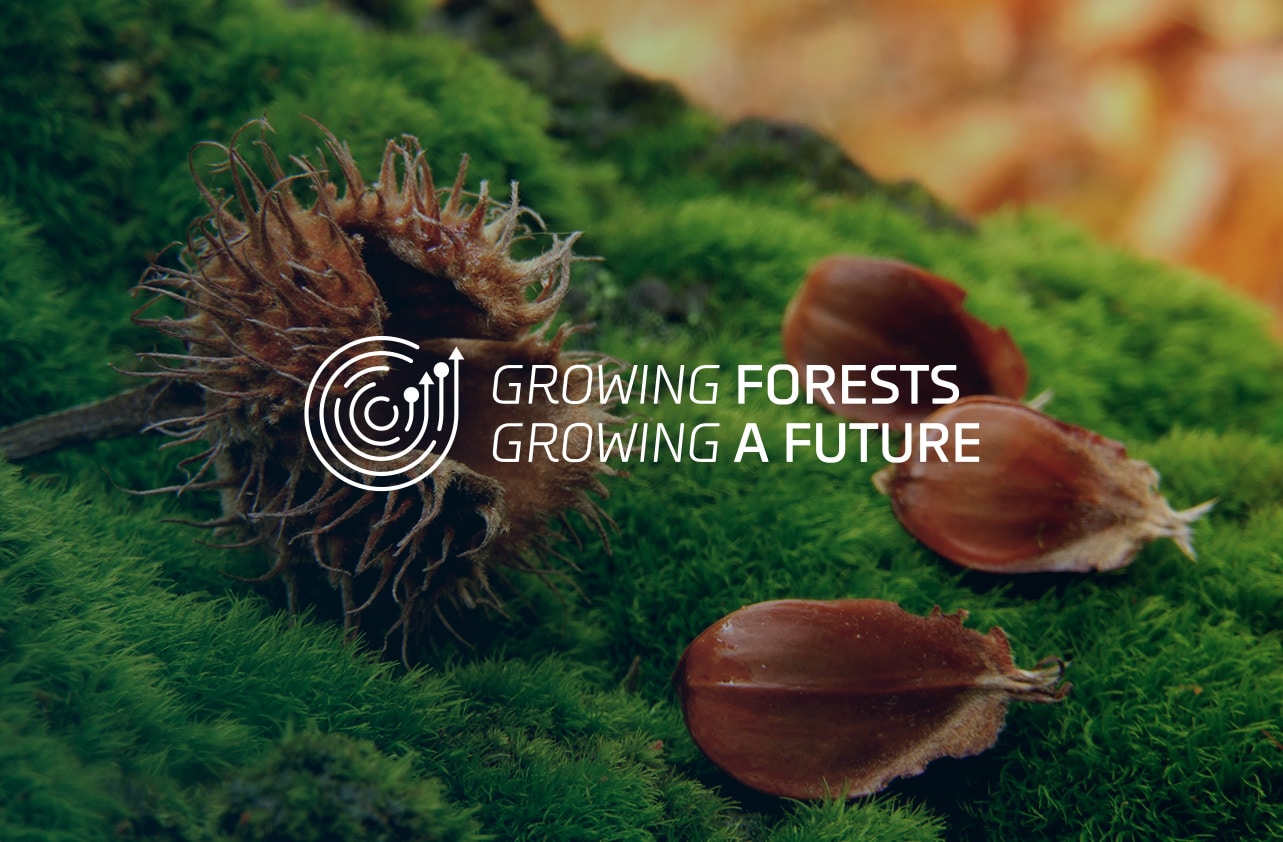Over the next few months, watch out for the Tree Profile Series! This time, we’re looking at the European beech for our second in the series.

The European Beech is also known as the common beech and it is one of the most important deciduous trees in Europe. Its ecological importance cannot be understated as it is the main tree species in near-natural forests within the region.
Latin/horticultural label: Fagus sylvatica L.
Size: 30-40 metres in height, with a 1-1.5 metre diameter.
Type: Deciduous hardwood
Sun Exposure: Full to partial sun
Soil Type: Moist, well-drained soil but has some drought tolerance.
Soil pH: Acidic to neutral
Native to: Germany
The European/common beech is native to Germany. Before the arrival of the Romans (around 6 AD), Germany was almost entirely covered with forests, with two-thirds being beech. Today, only 15% of German forests are covered in European beech.
It is considered the most available and sustainable certified hardwood in the world. The European beech is known and prized for its hardness, wear-resistance, strength and excellent bending capabilities. The European beech is also a popular choice for photography and even filming due to their beauty with small vibrant lighter green leaves and their striking black branches and trunk.
The European Beech is fairly adaptable to Atlantic to subcontinental climatic conditions. A study has shown that it can maintain productivity in slightly warmer clime changes (1-2°C) if moisture levels are stable. It can be susceptible to drought. It is also very shade tolerant. The European Beech thrives with annual rainfall above 750mm.
This tree is not susceptible to the European spruce bark beetle, the main cause for decimating forests in Germany, France and other parts of Europe.

It grows better in mixed forests amongst sessile oak and pine. If intended to be planted amongst spruce, European larch, Douglas fir, pine and sycamore, the European beech prefers soils with silicate rock. It is an excellent tree to plant amongst Douglas fir: it can increase stability and productivity of the Douglas fir.

Propogation
The European beech propagate with spiky seeds. Seedlings grow slower than other tree species but can persevere for a long time. A European Beech begins to reproduce only after 50 years and then it only produces seeds every five to eight years. The seeds are spread mainly through animal movement.
Supporting people
The European beech’s economic useful life is between 8- 140 years. The European beech is one of the most versatile native timbers in Germany. The almost white wood is very evenly structured, which make it a very attractive wood for furniture. The wood is also very suitable for steam-bending.
It is used far more in furniture, flooring and fine-wood house elements such as stairs than in standard house framing construction.
It is suitable for paper and pulp but is not popular due to its short fibre length. It is also used to produce synthetic fibres such as viscose, musical instruments, toys and even railway sleepers.
While raw beechnuts are slightly poisonous, they make a delicious roasted snack. Historically, the leaves and beech nuts were prepared for human consumption, but today, the leaves make for livestock feed.
Weaknesses in Germany
While the tree is not susceptible to the European spruce bark beetle, it can succumb to:
- Fomes fomentarioius, Fomitopsis pinicola and Polyporus fungi
- Bark necrosis
- Lice infestation
- Beech moth (Cydia fagiglandana)
- Beech scale insect (Cryptococcus fagisuga)
- Red heart
- Drought
- Late frost
For more info visit Waldwissen.

